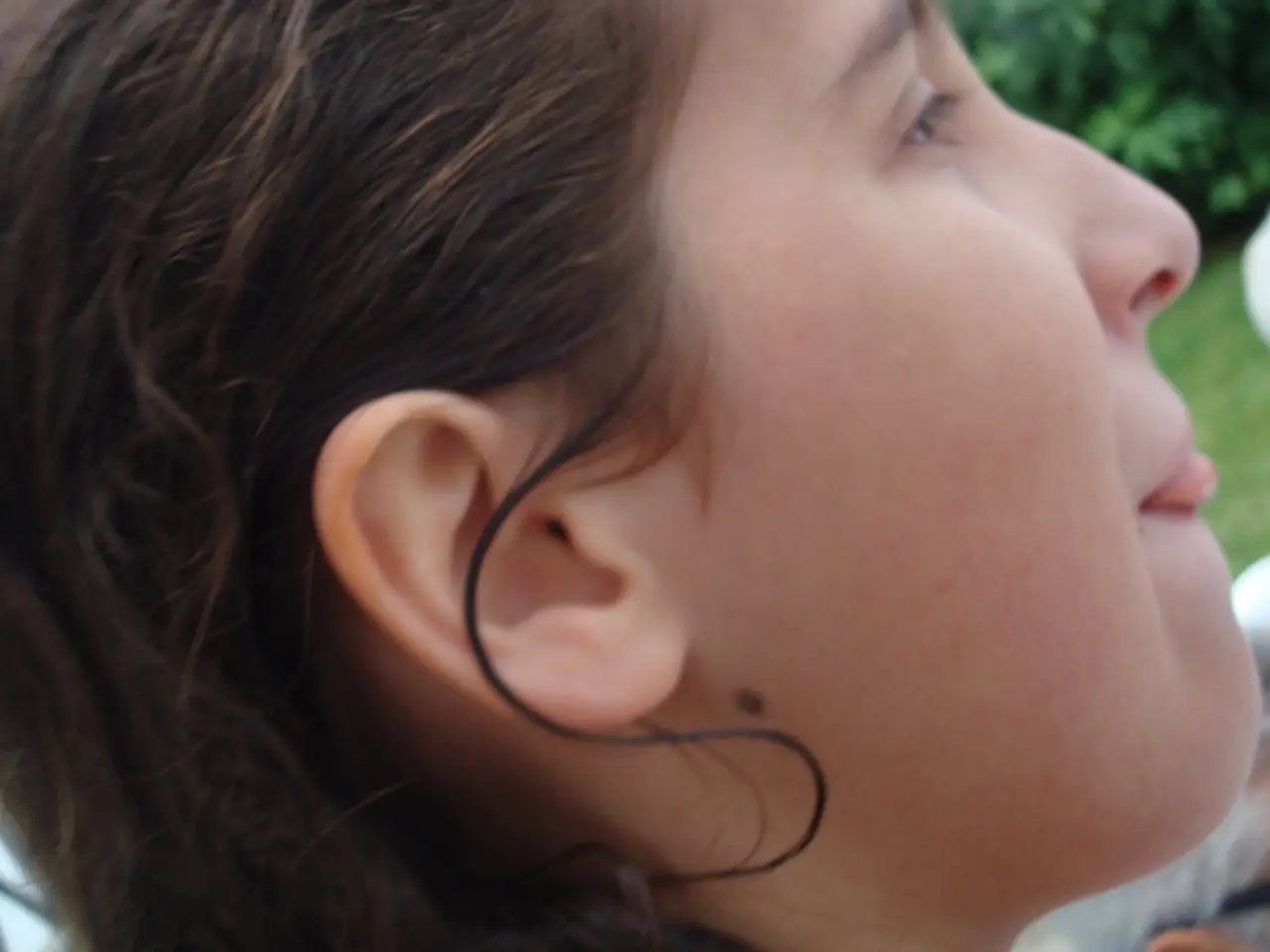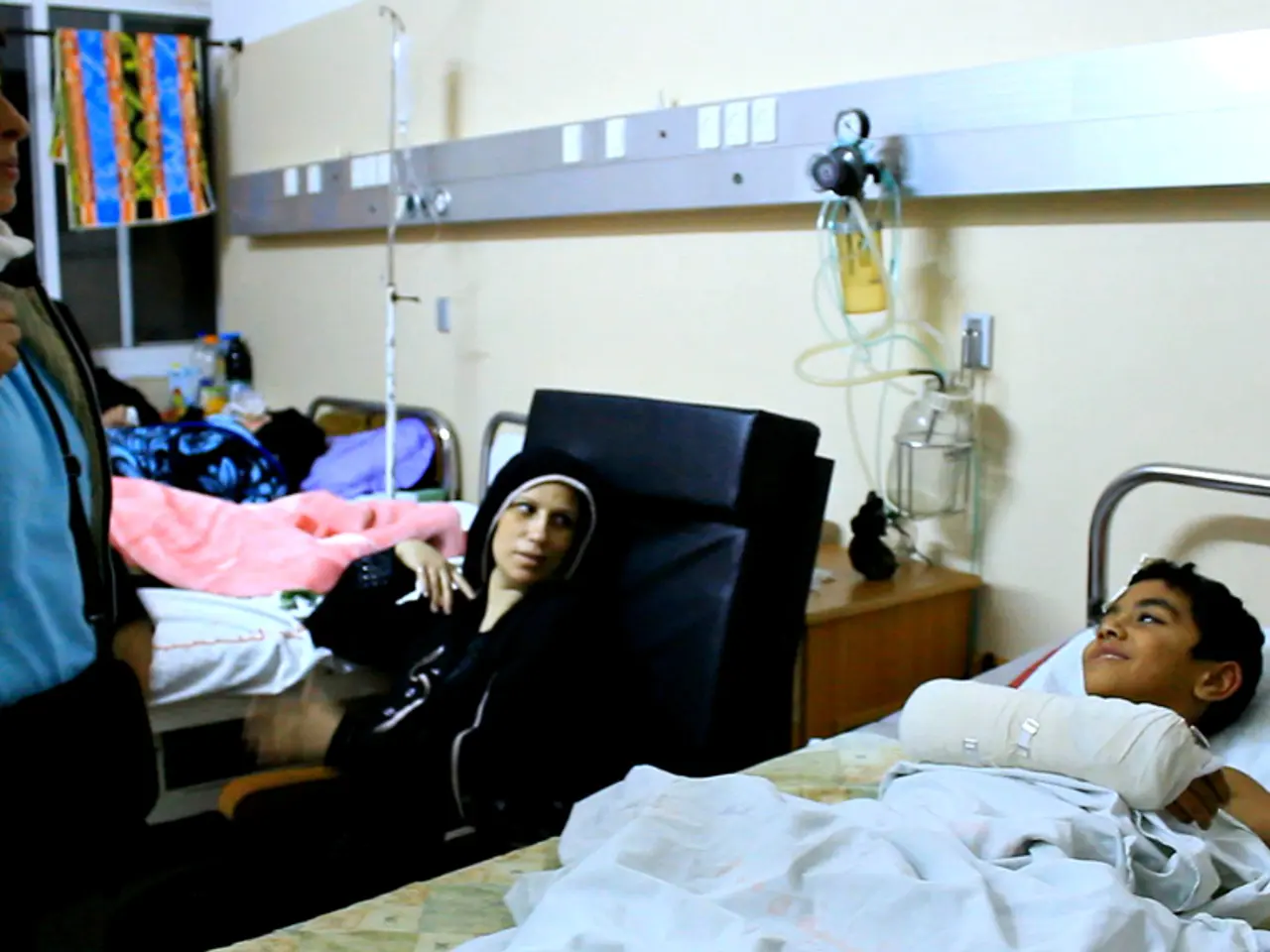Mole Irritation: Understanding Causes, Approaches for Relief, and Recognizing Signs
Itchy moles can be a cause for concern, as they may indicate a more serious condition such as skin cancer. While many itchy moles are harmless or related to benign skin conditions, persistent itchiness combined with changes in the mole’s appearance, bleeding, or failure to heal could signal skin cancer and requires prompt medical evaluation.
Moles, also known as nevi, are clusters of melanocytes (cells containing pigment) that develop on the skin. Most people have between 10 to 40 moles by adulthood, and they can appear in various shades, from dark brown to lighter.
Common causes of an itchy mole include benign skin conditions like eczema, keloid scars, and cherry angiomas, as well as infections or irritations affecting the skin around the mole. However, an itchy mole can also be a warning sign of a more serious condition, such as skin cancer.
Squamous cell carcinoma is the second most common type of skin cancer, resulting from abnormal growth of squamous cells, which cover most of the skin's upper layers. Squamous cell carcinoma can penetrate deeper layers of skin without treatment and may appear as scaly red patches, elevated patches, and open sores on the skin. Squamous cell carcinoma can spread to nearby lymph nodes, distant tissues, and organs, but it rarely does.
Basal cell carcinoma is the most common type of cancer in the world and can cause itchiness. This type of skin cancer typically grows in areas with plenty of sun exposure. A change in a mole's color or appearance, such as uneven edges, an irregular shape, or a size larger than the end of a pencil eraser, can indicate cancerous cells.
Melanoma is a type of skin cancer that can cause a mole to itch. Melanomas often start as unusual-looking moles that itch, bleed, or differ from other moles around them. New moles that appear and itch should be evaluated.
When itching is accompanied by other changes in the mole such as bleeding, crusting, forming a sore that does not heal within four weeks, or becoming tender, it may be a sign of melanoma or other skin cancers like squamous cell carcinoma or basal cell carcinoma. Persistent wounds or sores in the area of a mole, especially those that recur or do not heal within three to four weeks, warrant medical examination as they may indicate non-melanoma skin cancer.
To help determine if an itchy mole might be serious, the ABCDE method can be used to tell if a mole is atypical: any change warrants a visit to a doctor. The ABCDEs of melanoma include:
* A: Asymmetry - one half unlike the other * B: Border irregularity * C: Color variation * D: Diameter larger than 6mm (about size of a pencil eraser) * E: Evolving or changing in size, shape, or color
New onset of itching, bleeding, crusting, or tenderness in a mole should prompt consultation with a healthcare provider. Any sore or mole that persists beyond four weeks without healing, bleeds, or forms a crust is concerning and should be examined.
In summary, while many itchy moles are harmless or related to benign skin conditions, persistent itchiness combined with changes in the mole’s appearance, bleeding, or failure to heal could indicate skin cancer and requires prompt medical evaluation. If you have concerns about an itchy mole, it is always best to consult with a healthcare provider.
- Moles, which are clusters of melanocytes, can sometimes become itchy due to medical-conditions like melanoma, a type of cancer that may cause a mole to itch.
- Squamous cell carcinoma, a common type of skin cancer, can penetrate deeper layers of skin and appear as scaly red patches, elevated patches, and open sores, frequently causing itchiness.
- Itchy moles could be indicative of basal cell carcinoma, the most common type of cancer in the world, which often grows in areas with plenty of sun exposure.
- Using the ABCDE method, any change in a mole can be a sign of melanoma or other skin cancers like squamous cell carcinoma or basal cell carcinoma, including asymmetry, border irregularity, color variation, diameter larger than 6mm, and evolving or changing in size, shape, or color.
- A persistent sore or wound in the area of a mole that does not heal within three to four weeks may indicate non-melanoma skin cancer.
- Healthcare providers may use health-and-wellness practices like science and medical-evaluations to predictive assess the possibility of skin cancer in itchy moles, and psoriasis or other beneficial skin-care routines to alleviate some of the associated itchiness.




